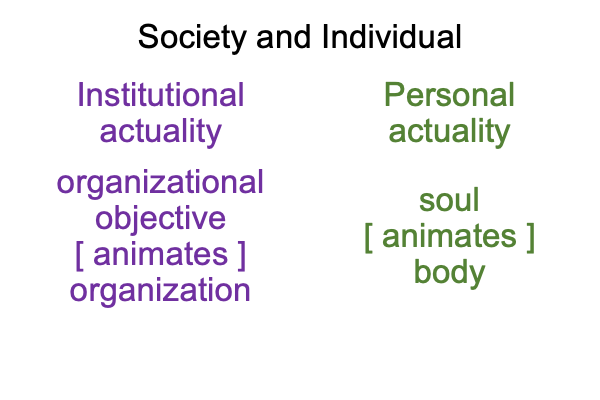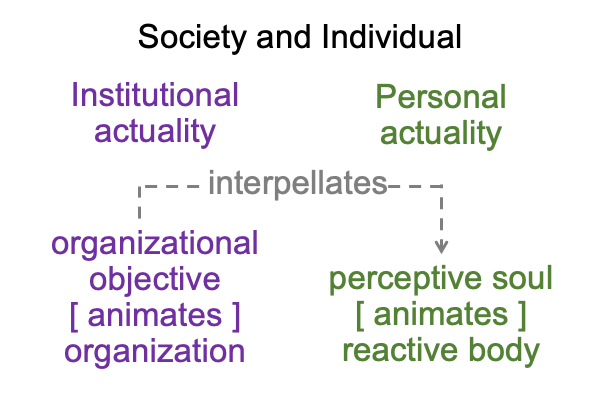0512 Imagine trying to elaborate the nature of the preceding figure using explicit abstraction?
Spoken words pile onto spoken words in a litany of statements, qualifications, and oh-that-reminds-me-ofs.
Tomasello is a disciplined scientist. He is very organized. But, the above image breaches every item on his list because it composes the medium upon which the list is inscribed. Even though each and every one of us appears to be a tabula rasa, a blank slate, at the time of birth, evolution has already contoured that slate so that cultural traits that conform to its apparently blank surface will absorbed like ink into parchment.
0513 Does collective intentionality bring diverse teams into harmony by putting their team organizational objectives into perspective?
Does collective intentionality bring different social circles into harmony as well?
0514 Chapter four strives to explain how second-person morality lays the groundwork for later hominin’s group-minded “objective” morality, characterized by (1) the creation of “objective” normative values of right and wrong, (2) nascent institutions (broadly described as conventions, manners and traditions) and (3) the obligation of a person with a moral identity to the moral community.
0515 In Razie Mah’s framework, two actualities reflect one another. One is an actuality2 that makes an institution within the community into a person writ large. The other is an actuality2 that makes an individual within the community into an institution writ small.
0516 Where do I get these metaphors?
Consider A Primer on How Institutions Think, by Razie Mah, available at smashwords and other e-book venues. This primer reviews a book by anthropologist Mary Douglas.
0517 Here is a picture of those two actualities.

0518 The three characteristics listed by Tomasello may be found within these two hylomorphes. Surely, without a sense of right and wrong (1), an organizational objective cannot animate an institution…. er… organization.
Institutions are not the same as organizations. A team is an organization that has an obvious mission. The mission is captured in the slogan, “we work for food”. Everything about the team concerns sensible construction. Only later, when the community overflows with normative values, not only of right and wrong, but of all sorts of dichotomies, do teams engage in works of art (that is, social construction).
0519 Institutions put organizations into perspective (2). If an organization works to get a job done, then the institution puts that job into the perspective of right and wrong, or some other dichotomy. In short, institutions have souls. Organizations have bodies. So, when an organizational objective [animates] an organization, the entire being acts like a person writ large.
0520 Finally, an institution’s organizational objective interpellates a person’s perceptive soul (3). The term “interpellates” is composed of two Latin words. “Inter” is often translated as “between” and “pellates” means “to call someone”. The call comes from the third person, the institution, and is received by a person in community. After receiving the call, the perceptive soul brings the reactive body into an act of collective intentionality (that is, into an organization). Thus, a person becomes like an institution writ small.

